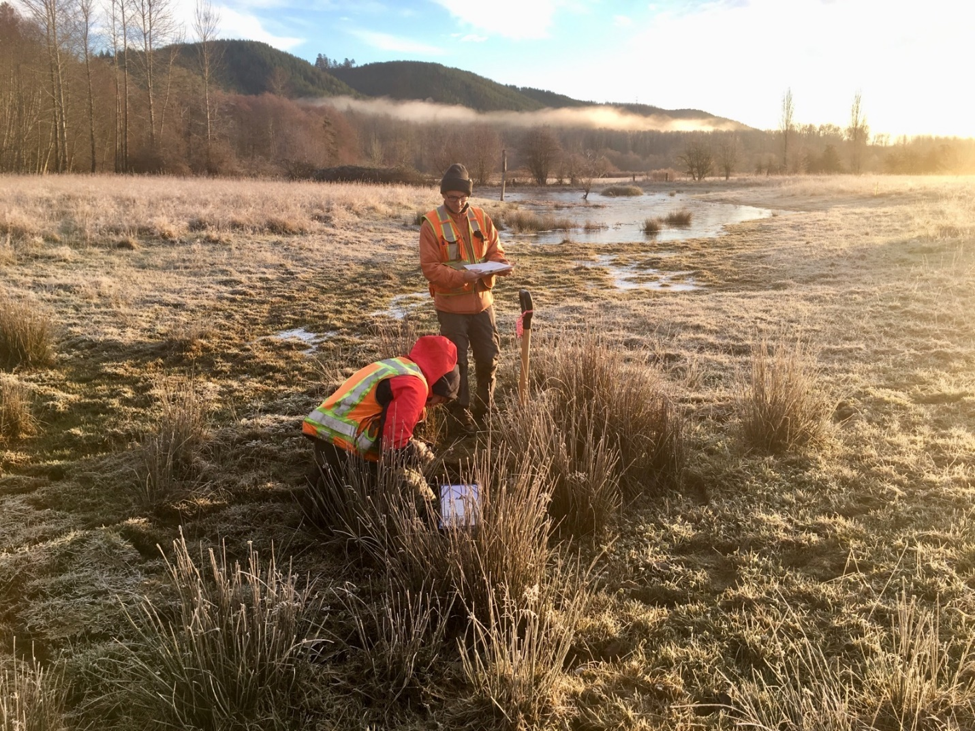
The final rule for defining waters of the United States (WOTUS) was approved in January 2020. The new rule eliminates Clean Water Act protections
for the majority of the nation’s wetlands and more than 18% of streams, according to the US Geological Survey’s National Hydrology Dataset.
The Navigable Waters Protection Rule, also known as the Waters of the US, or WOTUS, rule, replaces regulations that have been in place since the Reagan administration.
Last spring, I wrote an article outlining the history of the WOTUS rule and how the new rule might impact the watershed management community. Here are a few things to know about the ruling now that it is official.
1. The rule erases protections for ephemeral streams, which flow only after rain or during snowmelt. The US Army Corps of Engineers and US EPA both say that this provides much needed clarity to clean water regulations.
Environmental groups, as well as hydrologists, note that those streams are often dry, but torrents of rain or snowmelt can carry significant pollution downstream into more consistently flowing waterways, in turn polluting favorite fishing holes and drinking
water intakes.
2. The impact to states will vary. As mentioned earlier, ephemeral streams account for nearly one-fifth of waterways nationwide but are more common in the arid West. In Nevada, for example, they account for more than 85% of streams. In
New Mexico, 93% of streams are impacted according to the US Geological Survey National Hydrography Dataset. In Oregon and Washington, both the Department of Environmental Quality and Department of Ecology, respectively, have made it clear that state
laws still protect these streams.
3. Wetlands are also affected by this new rule. The rule removes protections for wetlands that do not have surface water connections to intermittent or perennial streams, which account for more than 51% of the nation’s wetlands according to the US EPA. Wetlands serve as the nation’s kidneys — filtering pollution, buffering stormwater, absorbing floodwaters, and providing habitat for wildlife.
For example, in Washington State the Department of Ecology estimates 2,000 – 11,000 acres of wetlands in Thurston County will not be protected by the federal rules. Wetlands that aren’t protected under this new rule are:
-Wetlands behind dikes and along irrigation canals.
-Wetlands lacking a surface connection to a stream or nearby marine waters.
The rule will likely be challenged by some environmental and conservation organizations as well as some state attorneys general. The ultimate implementation will hinge on the administration inaugurated in January 2021
At Parametrix, we will continue to find innovative ways to make improvements to watersheds by improving water quality, addressing water quantity, improving habitat, and addressing aging infrastructure, all while being mindful of the impacts of climate
change and keeping infrastructure affordable.
About the Author

John Phillips joined Parametrix in 2019 as the Director of Integrated Watershed Management. John guides the firm’s integrated approach to natural resources and infrastructure development in watershed planning, management, restoration, and climate change adaptation. John also assists clients in the identification and development of solutions for combined and sanitary sewer overflows to meet consent decree and discharge standards.
Prior to joining Parametrix, John worked for King County managing the Combined Sewer Overflow Control Program. Over his 19-year career, he has also managed Green Stormwater Infrastructure and Climate Change Adaptation programs. His climate work has been referenced in both the IPCC and National Climate Assessment reports. He is Past President of the Pacific Northwest Clean Water Association. John has a Bachelor of Science Degree in Environmental Science from Oregon State University and served six years as a sonar man in the U.S. Navy on-board nuclear submarines.

